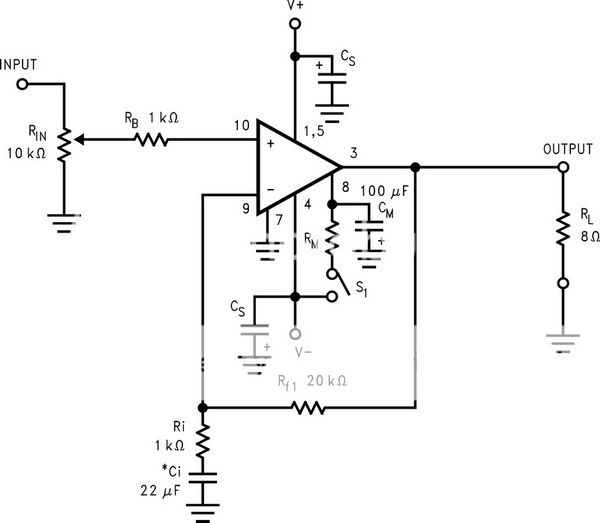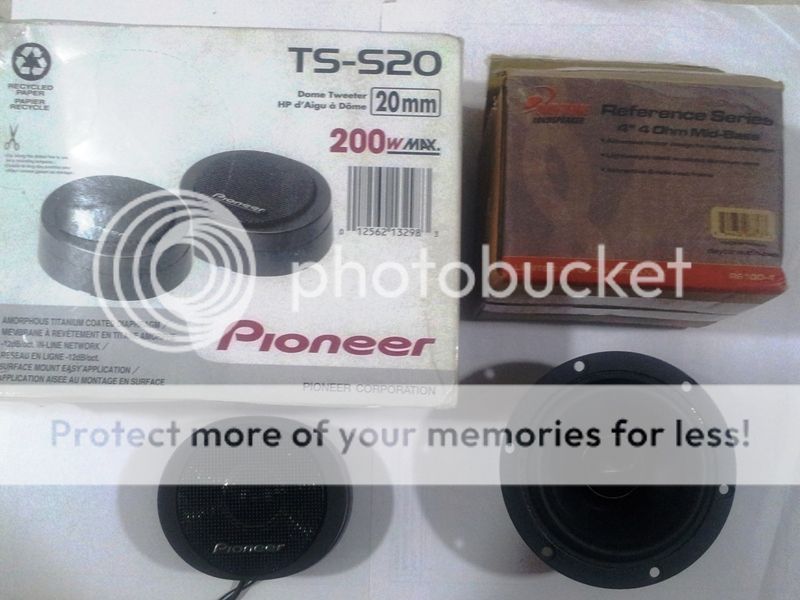The reason why I pursued TDA7498MV is when I compared it to Mono bridged TPA3116D2 & I found the it (TDA7498MV) to be better in bass & high frequency clarity albeit slightly higher noise.
Tested with 19v HP laptop adapter & Dayton RS100 with dual magnet bullet tweeters.
Left red board TDA7498MV - Right blue board mono TPA3116D2
As a follow-up on the Class AB project last year, decided to make Active bookshelf speakers. Narrowed down to
Amplifier kit - parallel LM3886 from eightaudio.
Speakers - Dayton RS180-4 Midrange & Pyramid TW18 Tweeter.
Speaker enclosure fabricated by diyaudiocart.
For power supply tried first with 2x 12v 5A separate SMPS. Internal they were modified to reduce DC line noise. Works fine individually (mono)but as soon soon as the next speaker (stereo) is added it created a slight high frequency buzz - ground loop issues. The tweeter being a highly sensitive (high SPL 100db+) added to the woes. Fixing a capacitor-resistor ground loop isolator could not solve the issue.
Then removed it & fixed toroidal 12-0-12 160VA transformer with 6800uf x4 per rail capacitor bank. Noise issue resolved. One of the major reasons running low voltage & higher amps is LM3886 runs much cooler.
Got the passive crossovers from eightaudio.
First had 12db Butterworth crossover at 2500Hz. Then changed it to 12db Linkwitz Riley crossover at 3100Hz.
Left Linkwitz Riley - smaller capacitors & bigger coils vs. Right Butterworth - bigger capacitor & smaller coils
The tweeter SPL100+ is so high as compared to the midrange SPL89 that I had to use 15? resistors before the high frequency crossover to equalize the sound.
Tweeter polarity is reversed compensating for phase shift.
Rear of the Speaker enclosure has audio RCA connector (MX Gold type), 230v AC EMI line filter, 2x fuse holders & 2x LED for monitoring rail voltage.
Finished bullet speaker project without \ with grill. The front gill guide fitment is perfect such that right grill fits on left speaker & vice versa. Surface is polished and lacquer coated. Ports are Jantzen-audio 2".
The wooden enclosures are double walled in the front to compensate for the recess cut for speakers to be flush mount to the surface. With that and all the contraption inside to lift the two speakers one should be a regular at the gym ! - so heavy.






























